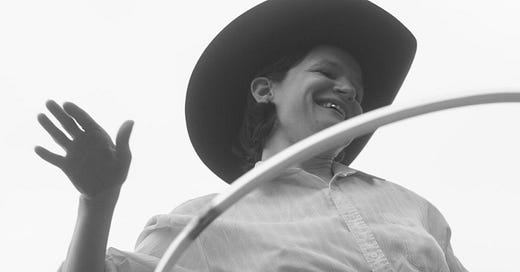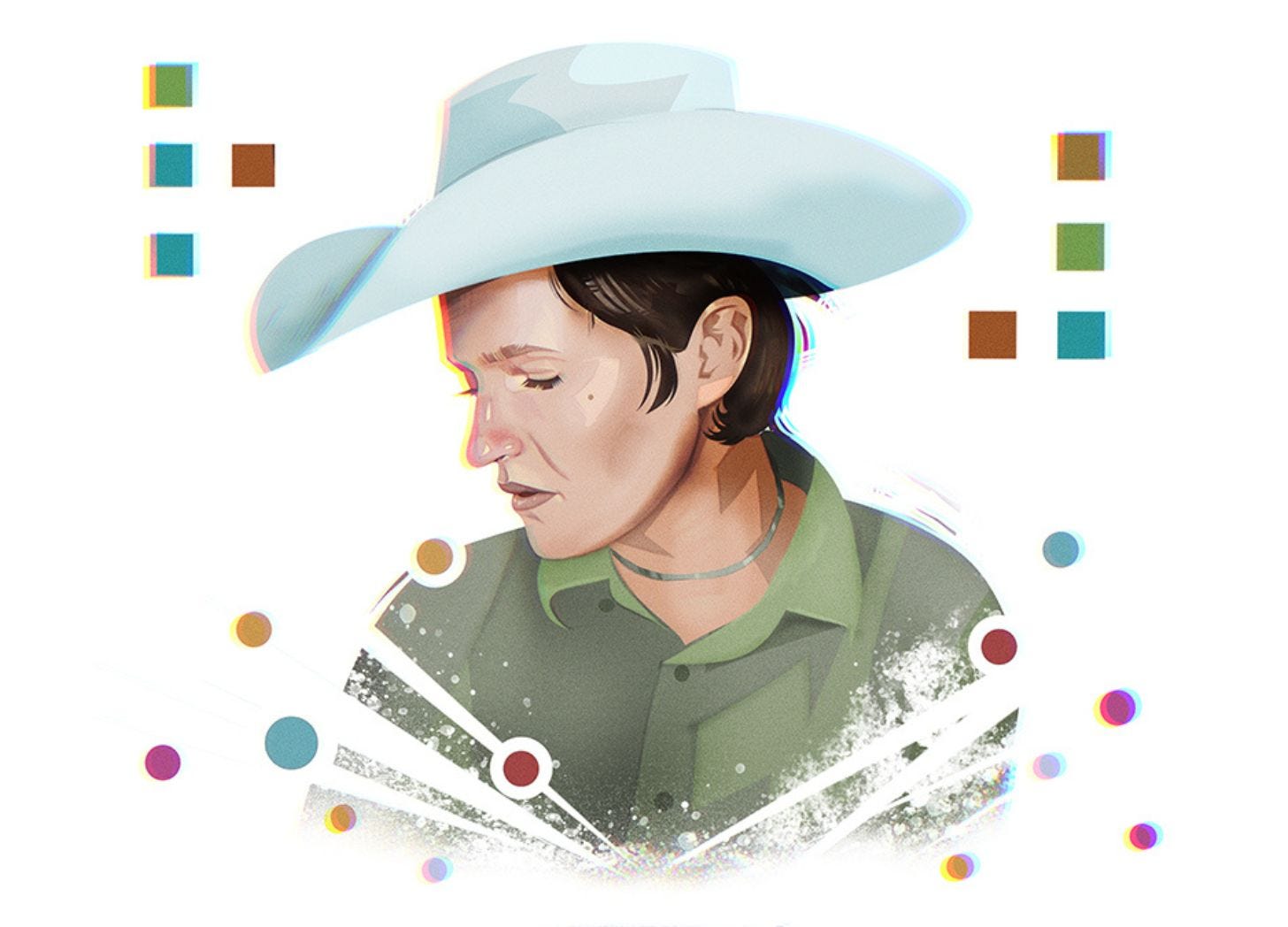If you’re new here, read this quick primer on the Story Energies, a new way to talk about storytelling.
Before I get to today’s post, here’s a quick plug for my upcoming GrubStreet class Story Workshop: Develop Your Short Fiction. This is not one of my classes where I talk about Story Energies; instead we’ll focus on a new craft topic each week (such as character development, plot and structure, scene and summary), learn from a masterful published story, and then get down to workshopping students’ own work in what will hopefully be a fun, safe, rigorous, and productive atmosphere. If you sign up, you’ll get to workshop at least two stories (that you write during the course, or have already written) and receive considered feedback from your classmates and your instructor (me!). The class will take place over Zoom, from 10:30am–1:30pm Eastern, and it begins on February 4. If you’re interested, you can learn more or sign up here.
Every song has a story. Some songs also tell a story, like Hurricane or Humpty Dumpty. And a song can convey a more mysterious, elemental meaning, in that way that all songs are love songs. But what I mean here is the story behind the song—what inspired it, when it was written, how it was recorded and produced. These stories are told every week by one of my favourite podcasts, Song Exploder—“a podcast where musicians take apart their songs and, piece by piece, tell the story of how they were made.”1
This week I listened to the latest episode with Adrianne Lenker, the Big Thief singer and songwriter. Along with her co-producer, Phil Weinrobe, she tells the story of how her song ‘Sadness as a gift’, from her solo album Bright Future, came into being. I recommend listening to the whole thing, particularly if you’re a fan of her music.
But what really grabbed my attention—and made me want to write about it here—was when she started talking about not using headphones in the recording studio…
And even further than not wearing headphones was, we didn't even listen back to a single thing that we did at all. Like everyone left and hadn't heard a single recording we had made. (laughs) And no one even asked.
Instead of following the usual process of recording, listening back, and making tweaks and adjustments for the next take, they just followed their gut with each take, and trusted themselves that they were getting something right each time.
Here’s Weinrobe:
The problem with playback is that you must be a critic during playback. You must analyze. You can't really just listen to playback and enjoy it. And as soon as you flip roles and become an analyzer and a critic, you've now lost whatever performer position you're in. And to me, that's the real tragedy of playback is that we do all this work to like get into a zone to perform. And then playback just kind of like knocks you off that very, very tender and beautiful little balancing position that you've gotten in.
This problem, of balancing creative flow with critical analysis—the ‘writer voice’ and the ‘editor voice’—often comes up in my classrooms. Many of us struggle to turn off our inner-editor, even when we’re trying to write, as Anne Lamott famously put it, a shitty first draft.
When we’re revising, too, it can be hard to find a balance between these two ‘modes’ of writing.
Sometimes we have a new idea for how to tweak a scene, but when we sit down to make this change, it can turn out to be harder than we thought.
Or we have two sentences we love and want to combine in the same paragraph, and they just won’t fit together.
It’s like we have pieces from different puzzles—an old draft and a new idea, or two sentences from different paragraphs, or two moments from different scenes—and trying to make them fit, when they don’t just slip into place, can be paralysing.
Instead of banging our heads against the wall for hours, we could learn from these musicians, and try something like this:
Fresh Takes
Try this exercise when working on a new story, or when you’re revising a draft. If you’re revising, read the original version and whatever notes you have made, then put them all aside, and begin afresh.
Write a scene from your story.
Without looking at the first version, write the same scene again, from scratch. Don’t stop to try to recall lines or details from your first draft—remember only what comes easily. Trust yourself to write it better this time.
Without looking at either of the versions you’ve already written, write the same scene again, from scratch. Remember only what comes easily. Trust yourself to write it better this time.
Without looking at any of the versions…
Keep going, writing new ‘takes’ of the scene, for as long as you feel energised to do so. Or until you get that ‘nailed it’ feeling, when you can move on to the next ‘track.’
One thing I love about the Story Energies is that, unlike some other ways of thinking about writing, they are inherently creative, more than critical.
It’s not that this approach is anti-analysis. A lot of my posts here look at how things work so we can learn from them. But because the emphasis is on generating energy and enlivening your story matter, the Energies can help you write more compelling stories without necessarily having to stop to think about it.
As the Irish writer Colin Barrett once said: You can think and then write, or write and then think, but I can’t write and think at the same time.2
We learn by thinking, of course. But we learn even more by doing. So write something new today. Then write it again. And maybe again. And let me know how you get on.










